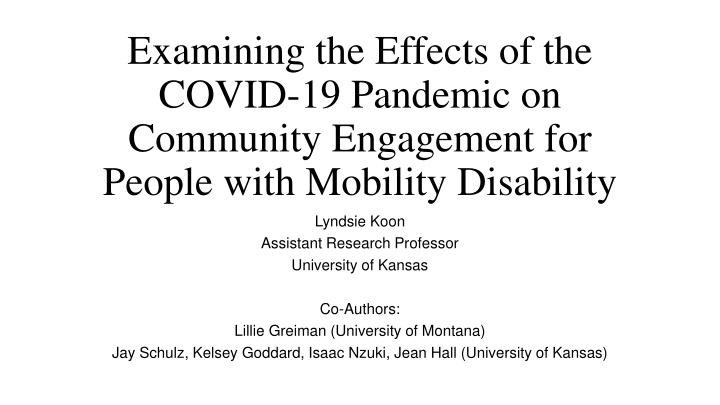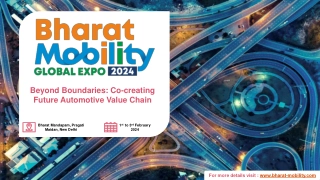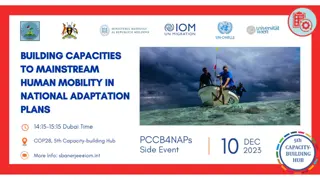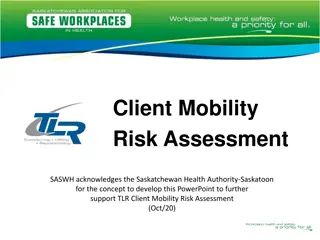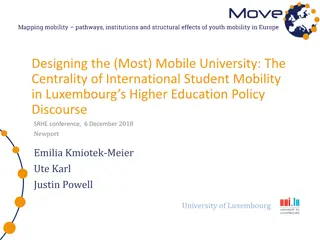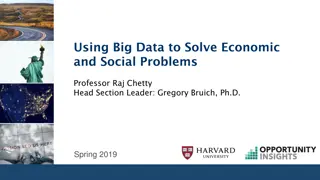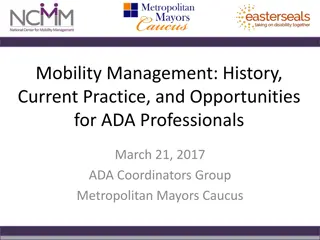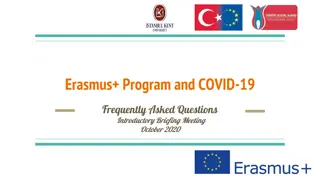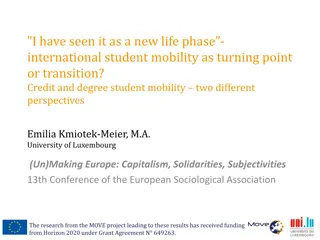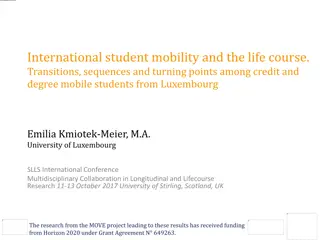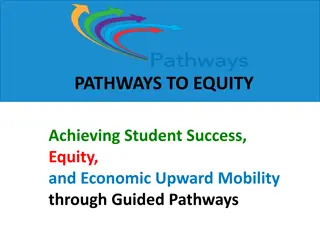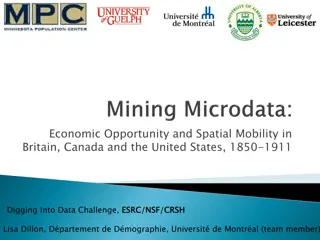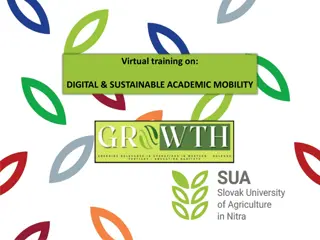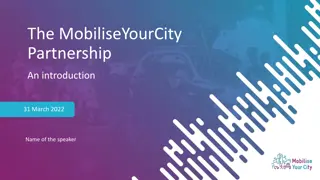The Impact of COVID-19 on Community Engagement for People with Mobility Disability
The study examines how the COVID-19 pandemic has affected individuals with mobility disabilities, focusing on community participation, access to essential items, and employment. Insights from participants shed light on challenges faced during the pandemic.
Download Presentation

Please find below an Image/Link to download the presentation.
The content on the website is provided AS IS for your information and personal use only. It may not be sold, licensed, or shared on other websites without obtaining consent from the author.If you encounter any issues during the download, it is possible that the publisher has removed the file from their server.
You are allowed to download the files provided on this website for personal or commercial use, subject to the condition that they are used lawfully. All files are the property of their respective owners.
The content on the website is provided AS IS for your information and personal use only. It may not be sold, licensed, or shared on other websites without obtaining consent from the author.
E N D
Presentation Transcript
Examining the Effects of the COVID-19 Pandemic on Community Engagement for People with Mobility Disability Lyndsie Koon Assistant Research Professor University of Kansas Co-Authors: Lillie Greiman (University of Montana) Jay Schulz, Kelsey Goddard, Isaac Nzuki, Jean Hall (University of Kansas)
Background Literature Covid-19 has affected individuals with disabilities disproportionately to people without disabilities Resident situations Need for outside support and services Employment Accommodations that conflict with health recommendations & mandates Slide #
Goal of this Research To document the effects of the COVID-19 pandemic on people with mobility disability across a variety of community participation topics, including: Access to family and friends Access to essential items (e.g., groceries, Rx) Employment/Education Access to transportation Perceptions of, and engagement in, the community Slide #
Method: Recruitment & Data Collection Method: Recruitment & Data Collection Participants N=39 (61.5% female) Age range: 24 years to 92 years Employed: 30.8 % Employed; 69.2 Not employed (N=27) Surveys How has the COVID-19 pandemic and subsequent social distancing mandates affected your employment/education? Response Options: not changed , become worse , improved or not applicable. If participants reported worsening or improved conditions, they were prompted to elaborate on their conditions with an open-ended response. Slide #
Findings: Access to Family/Friends, PCA Findings: Access to Family/Friends, PCA I have been pushing myself on a few occasions to handle things physically that I normally would have gotten help with and ended up with [injuries] because of either pushing myself too hard or becoming Nobody wants to come over; nor do I really want anybody over [We are] on stay-at-home order so we haven't seen anyone in person. My mom lives in a nursing home and has tested positive, and we accident prone due to fatigue after doing too much by myself I have not seen my son for visitation, spring break or Easter. I probably will not see him for Mother's Day either. These are all first times being apart from him like this. I also have not been able to visit friends can't see her Slide #
Access to Food and Groceries Access to Food and Groceries I ve been using Kroger s Instacart [app]. I have had to spend money I don t have on delivery service. There are fees, and markups on food that I would not normally spend [Grocery] delivery is non- contact, so I have to be able to lift, carry, and put away what the store packed Slide #
Access to Transportation Access to Transportation I am working on a paratransit application. However, [the] applications can take 2-3 months to get approved during non-COVID-19 times. I am hesitant to use paratransit as they have dumped me out of my wheelchair before - and with the risk of COVID-19 Public transports go less places, and my job does not change to what is available for the bus route Slide #
Employment and Education Employment and Education We got a pay increase of $2 an hour, but our hours are cut to 15 per week, I ve been given 8-10. I have a weak immune system... I m trying hard not to quit and be sensible. This job accommodates my disability, so I d like to keep it there s only so much that can be taught from home. Especially in the organic chemistry lab course. The experience is not as fulfilling, and I don t feel as motivated to watch lectures and retain the material My education status has gotten worse as I work for a radio station. I have not been able to do my on-air weekend shifts in a month. A lot of my day-to-day I can do from home, but I don t have my work computer here, and I am having to use my personal computer, and it is taxing the system Slide #
Technology as a Response Strategy Technology as a Response Strategy Any participation with the community is limited to telephone, texts, Zoom, and my front porch. Even though I do keep in touch [with family] via phone and social media, it's not the same. My internet is not secure and it drops and videos go in and out due to poor internet service. Slide #
Summary Summary Hesitation to venture out in the community for necessary items use of delivery services. - $$$, exposure Public transportation paratransit shut down completely, reduced hours of service, route change - Difficulty accessing necessary goods, services, and even getting to and from work Limited engagement with others social isolation can have a negative psychological effect for people with disabilities. - Although technology was used to connect with others, accessible / reliable internet services & devices Implication for policy, service providers, and future emergency preparedness situations to support community engagement for people with mobility disabilities Slide #
